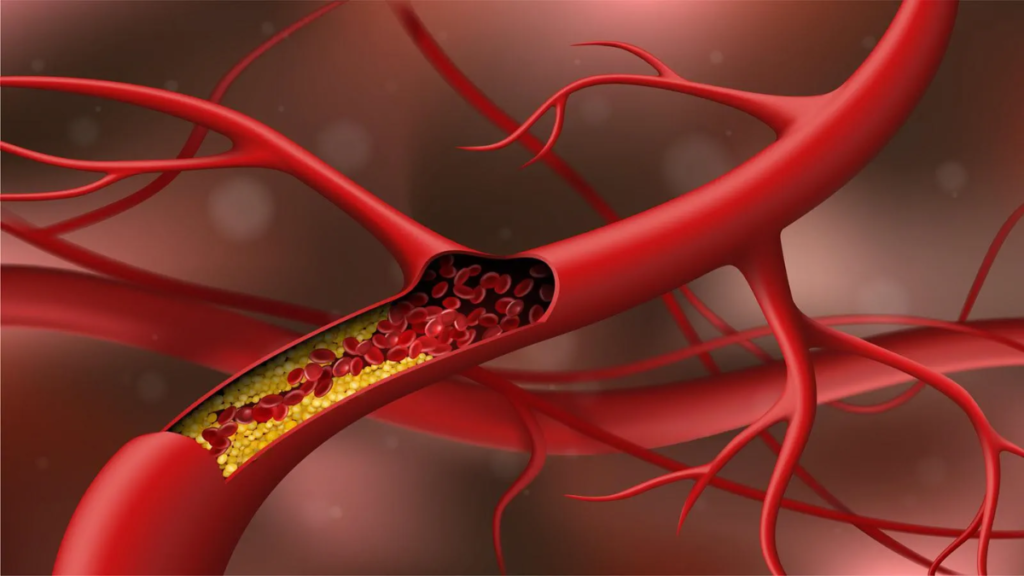Introduction
Cholesterol is a word that often elicits fear and concern when mentioned in the context of health. However, not all cholesterol is bad, and it plays a vital role in our bodies. In this blog, we’ll demystify cholesterol by exploring the different types of cholesterol, their functions, and how to strike a healthy balance for optimal well-being.
Cholesterol Basics
Cholesterol is a waxy, fat-like substance found in every cell of your body. It is essential for several critical functions, including building cell membranes and producing hormones like estrogen and testosterone. Cholesterol is carried in the blood by lipoproteins, and there are two main types to be aware of: Low-Density Lipoprotein (LDL) and High-Density Lipoprotein (HDL).
- LDL Cholesterol – The “Bad” Cholesterol: LDL cholesterol is often referred to as the “bad” cholesterol because when there is too much of it in your bloodstream, it can lead to the buildup of plaque in your arteries. This buildup narrows the arteries and restricts blood flow, which can increase the risk of heart disease and stroke.
- HDL Cholesterol – The “Good” Cholesterol: HDL cholesterol is considered the “good” cholesterol because it helps remove excess LDL cholesterol from the bloodstream, carrying it to the liver for processing and elimination. High levels of HDL are associated with a lower risk of heart disease.
The Balance Matters
It’s not just about lowering LDL cholesterol; it’s also about increasing HDL cholesterol. Achieving a balance between these two types is crucial for maintaining good heart health. Here are some practical tips to help you achieve that balance:
Healthy Diet:
- Limit saturated and trans fats, which can increase LDL cholesterol levels. Focus on lean proteins, whole grains, and plenty of fruits and vegetables.
- Consume omega-3 fatty acids found in fatty fish like salmon, mackerel, and walnuts. They can help raise HDL cholesterol.
Regular Exercise:
Physical activity can increase HDL cholesterol levels. Aim for at least 150 minutes of moderate-intensity exercise or 75 minutes of vigorous exercise each week.
Quit Smoking:
Smoking lowers HDL cholesterol levels and damages your arteries. Quitting smoking can improve your cholesterol balance and overall heart health.
Moderate Alcohol Consumption:
If you choose to drink alcohol, do so in moderation. It can help raise HDL cholesterol levels, but excessive consumption can have adverse effects.
Maintain a Healthy Weight
Shedding excess pounds, particularly around your midsection, can improve your cholesterol profile.
Regular Check-Ups
Regular check-ups with your healthcare provider are essential for understanding your cholesterol levels and overall heart health. They can help you monitor your cholesterol and make informed decisions about your diet, lifestyle, and any necessary medications.
Conclusion
Cholesterol is not your enemy, but it needs to be managed wisely. Understanding the balance between “good” and “bad” cholesterol is vital for heart health. By making informed choices about your diet, exercise, and lifestyle, you can demystify cholesterol and take control of your health. Remember, knowledge is power when it comes to your well-being, so stay informed and make choices that support a healthy balance of cholesterol in your body.



